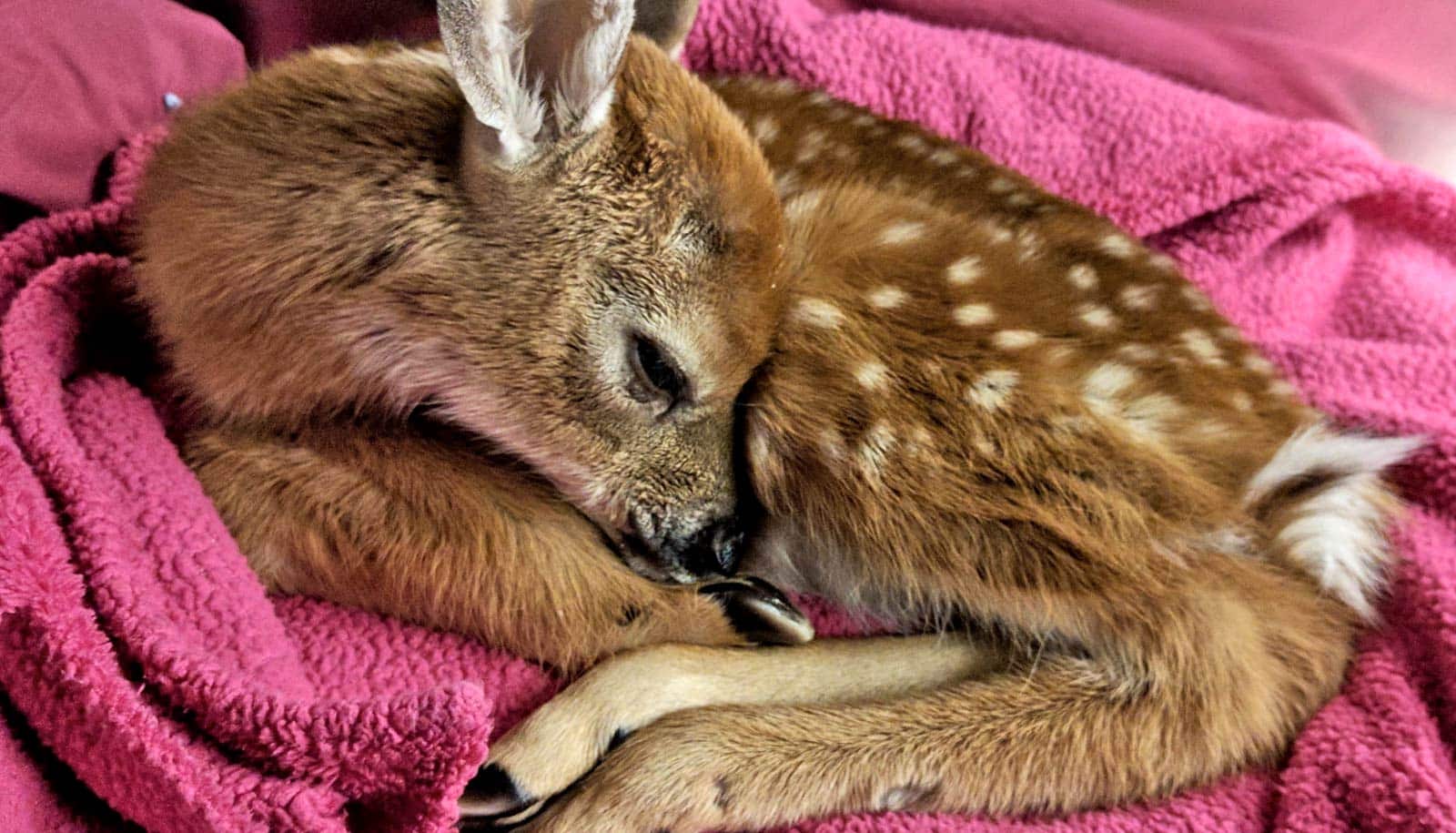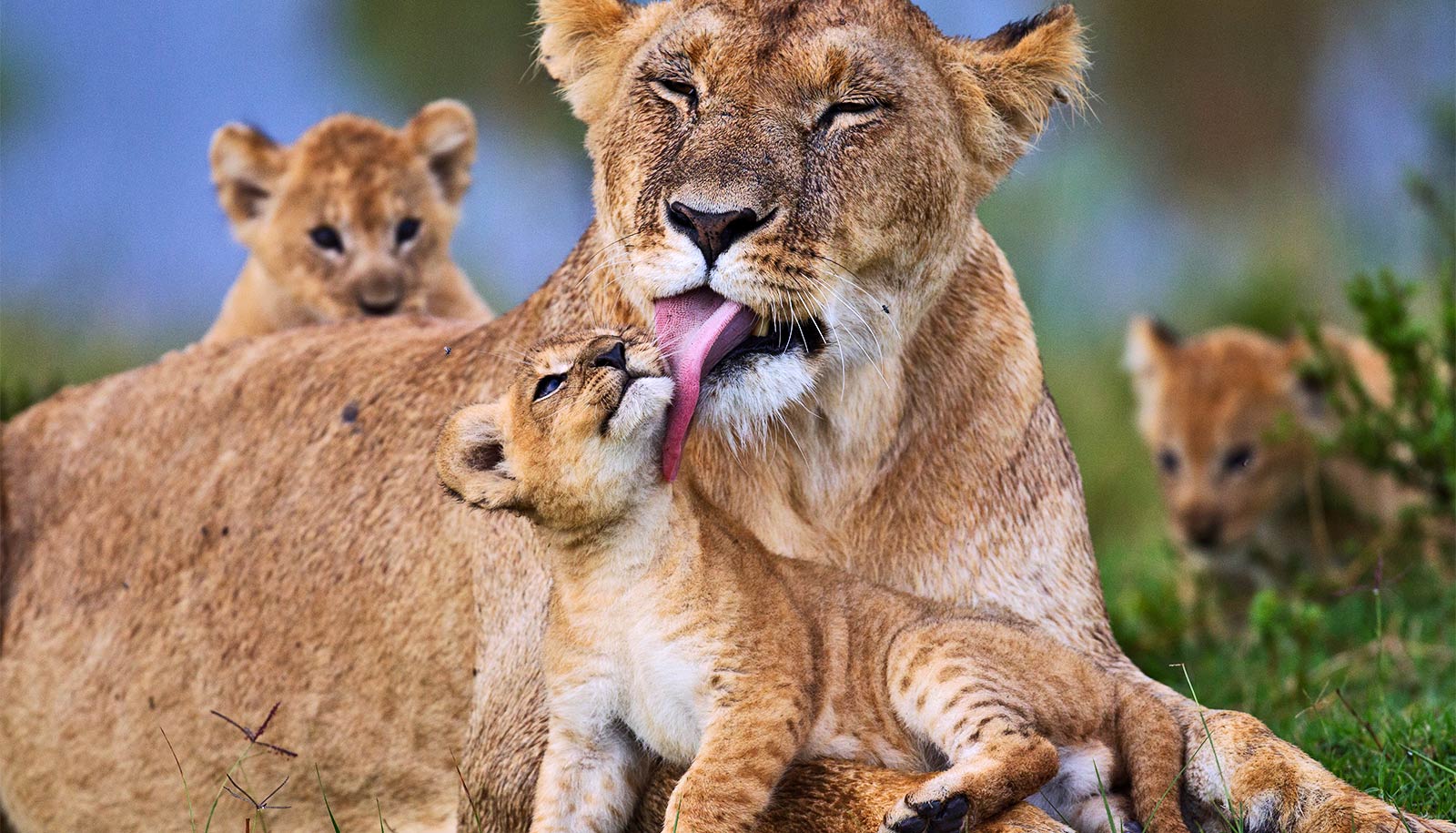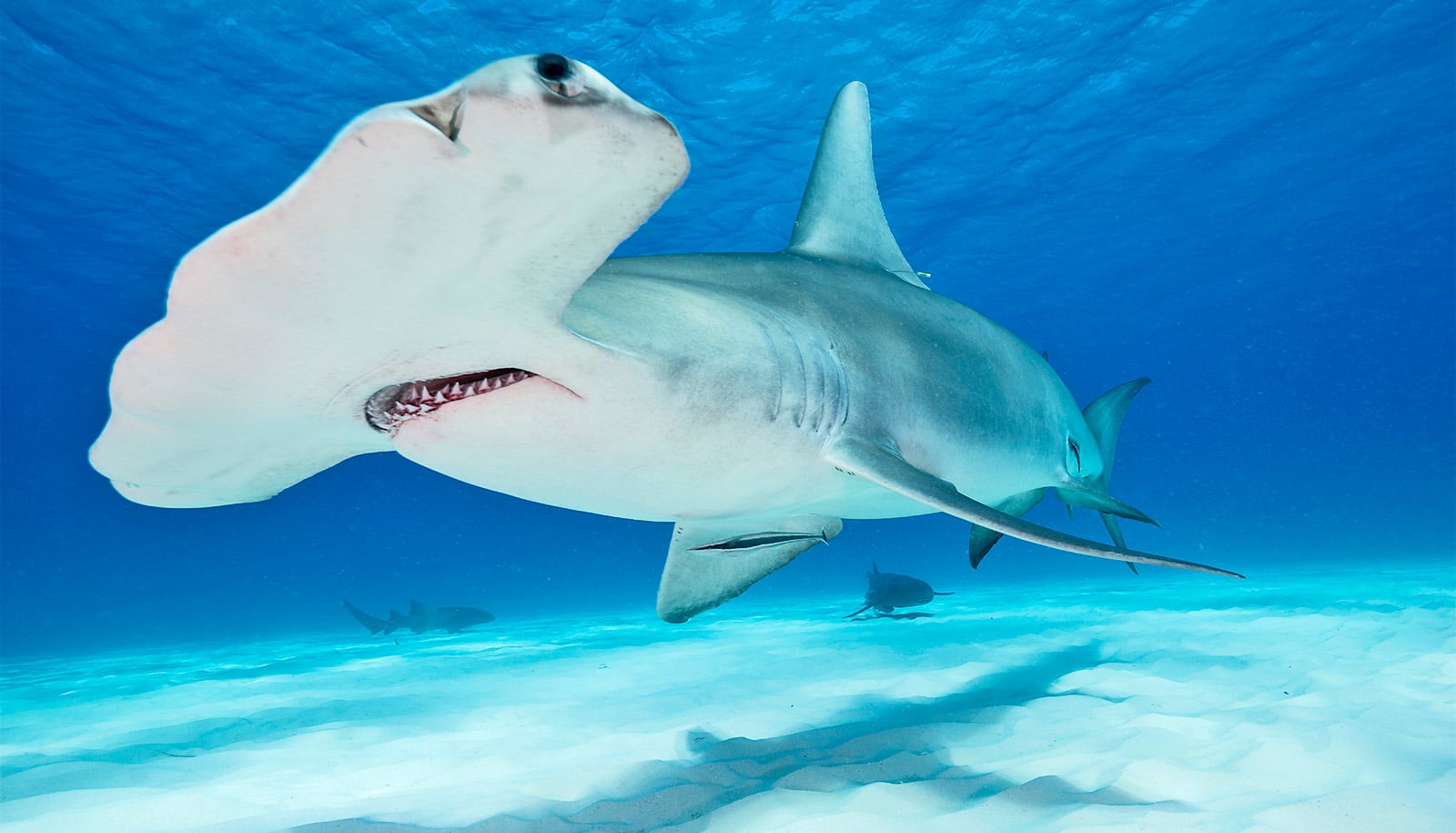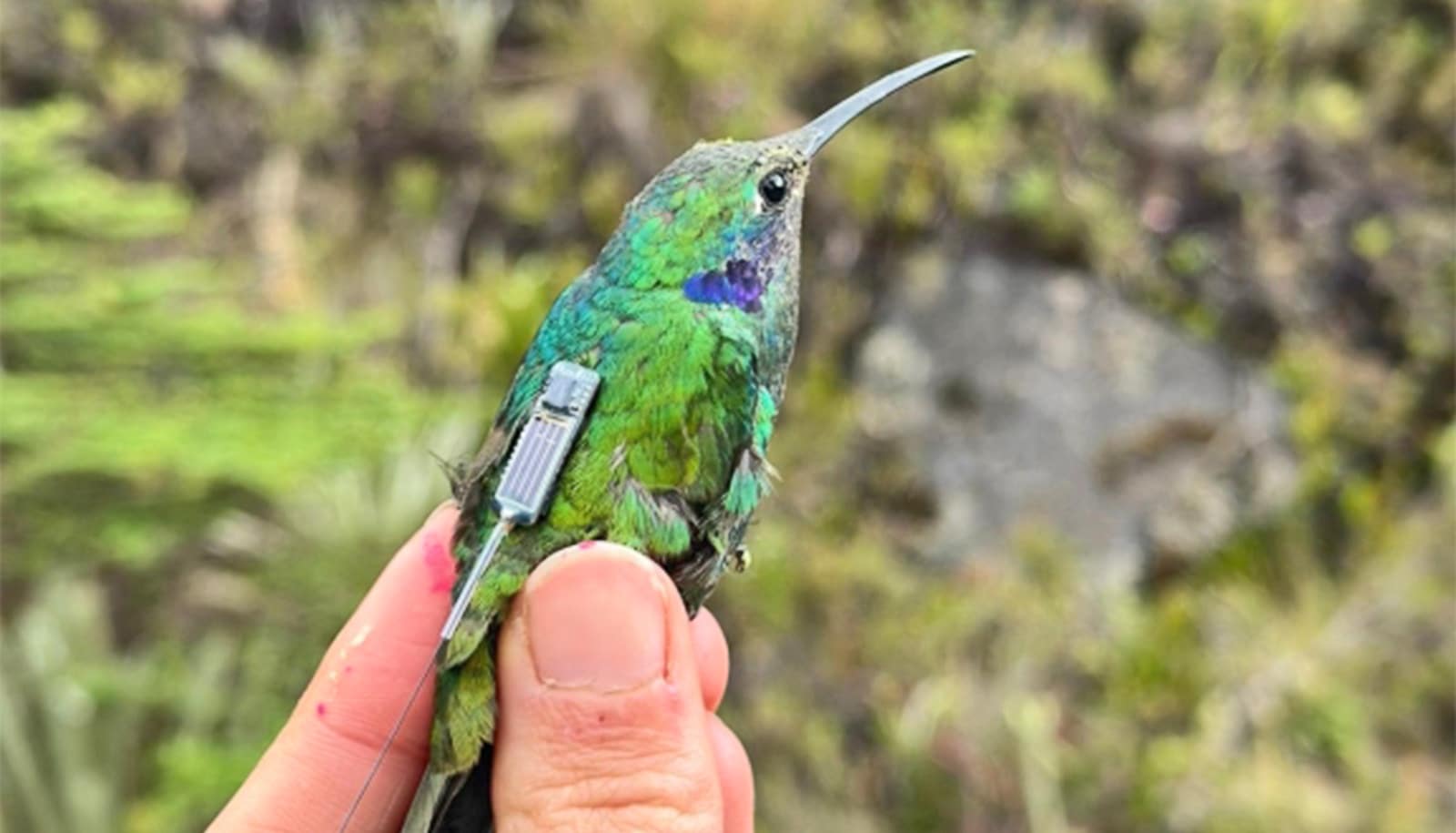Spring is baby wildlife season, which means more people come face-to-face with newborn animals. Sometimes they are orphaned or injured and need help, but most of the time, they need to be left alone.
“It is illegal to care for or keep a wild animal without the proper license—it is not safe for the person or for the animal.”
Sara Childs-Sanford, chief of service at Cornell University’s Janet L. Swanson Wildlife Health Center, offers some advice on what you should do—and not do—if you find a baby animal in your yard or neighborhood:
“It is important to differentiate between a situation for a young animal that is normal, and one where intervention is needed, because a baby’s natural parents are always the best option to raise that animal and give it the best chance of normal behavior and survival. Getting involved where help is not needed can be very detrimental to the health of these wildlife babies.
Rabbits and deer:
“Some babies seem to be alone and abandoned due to the fact that their parents visit them very infrequently as a way to reduce the attraction of predators to the nest or hiding spot. This occurs in many species, such as cottontail rabbits and white-tailed deer.
“Finding baby rabbits in a nest without the mother is often normal, since the mother will only return at dusk and dawn to feed them. Mother deer will move their fawns once daily, hiding them in a spot where they can curl up and remain hidden while she forages for food and returns only occasionally to feed them.
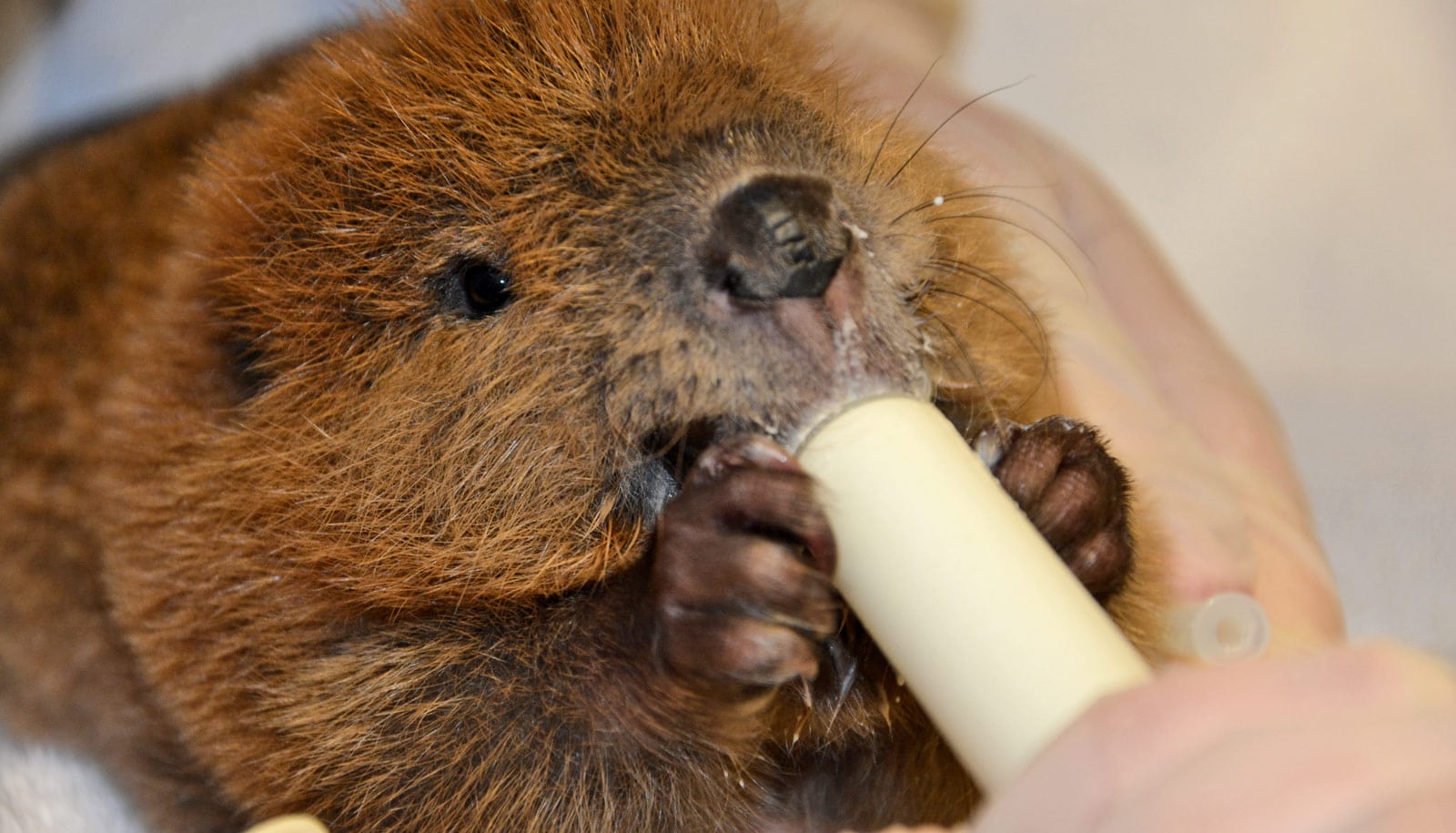
Songbirds:
“With songbirds, knowing their approximate age can help. For example, if they are completely featherless and their eyes are closed, they are hatchlings, while if they have some feathers starting to develop and their eyes are open, they are nestlings. If either of these are found out of the nest and are unharmed, they can often be re-nested—either in the original nest or in an artificial one.
“A baby songbird with feathers that can hop around and perch on a branch or your finger is a fledgling. These birds cannot fly yet, but are supposed to be out of the nest, getting exercise and learning how to fly. The parents will continue to care for them while they are on the ground until they can be on their own, which may take days to weeks depending on the species. If you have a fledgling in your yard, be sure to keep your pets inside to help keep the bird safe.
Injury or illness:
“Signs of injury or illness may include visible wounds, flies around the animal, lethargy, minimal response to stimulation, or being cold and alone.
“If the animal has been in the mouth of a cat or dog, help is always needed—even if there are no obvious injuries.
Whom to call:
“If the animal needs medical attention or you are just unsure what to do, there are resources that can assist you. Licensed wildlife rehabilitators can provide you with a wealth of information and guide you to make the best decision for the baby animal.
“Additionally, if the animal needs medical assistance, you can call the Janet L. Swanson Wildlife Health Center at 607-253-3060, which is a hospital for injured or ill wild animals.
“It is a normal human instinct to want to help a baby animal in need, so contact a wildlife professional to find out what is needed to give young wildlife the best chance of survival.
What birds in the suburbs need from people
How to transport an injured animal:
“If intervention with a wild baby animal is needed, it should be placed in a pet carrier—or box with air circulation holes—in a warm, dark, and quiet environment, and then transferred to a wildlife professional as soon as possible.
“Do not provide food or water to the animal unless specifically instructed by a wildlife rehabilitator or veterinarian. It is illegal to care for or keep a wild animal without the proper license—it is not safe for the person or for the animal.”
Source: Cornell University
